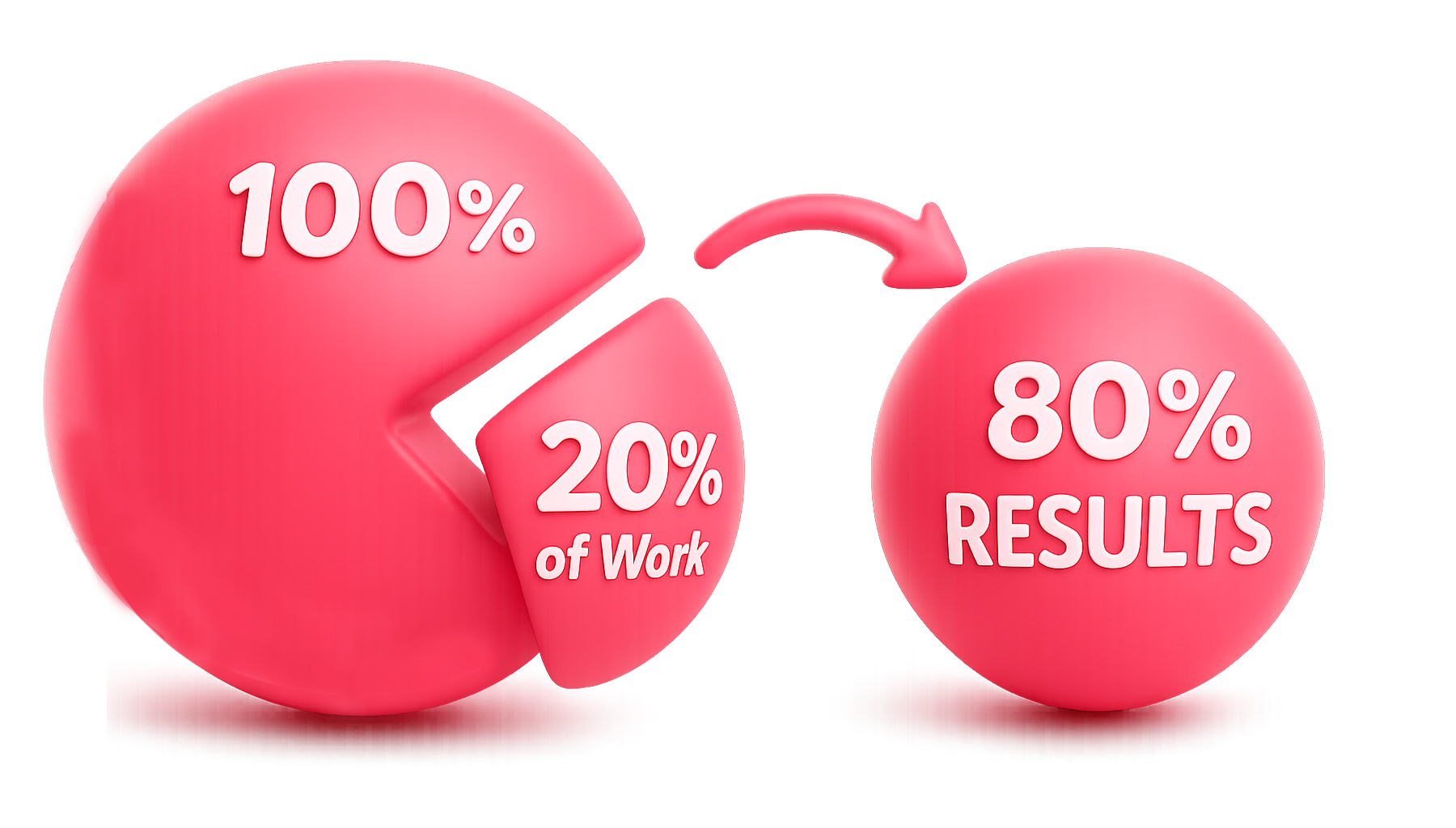
Twennie - where the 20% means more
I am an individual member
This video will show you the items listed below. If you prefer to read the instructions, follow the links:
- Membership types
- Using the individual dashboard
- Accessing library topics
- Editing your profile
- Finding content in the library
- Using prompt sets
- Tracking prompt progress
- Contributing to the library
- Using tags
membership types
Twennie members include individuals, group members, and group leaders. Dashboard features vary slightly by type. Individuals can access the same library as other members, but groups and their leaders have added functionality for collaborative learning. Separate videos for members and leaders provide further instruction, so be sure to view the one that’s specific to your membership type. To make it easier, we've included them all on this page.
your dashboard
Navigate your profile, membership info, topics, prompt sets, and contributions using the dashboard tabs, described below.
topics
In the topics tab, you’ll see your three core topics. You can select these in your profile view - you can also change them any time you want. You can access the library's resources on these topics by clicking the review this topic button, which takes you to the topic page. These topics determine the emails you receive notifying you of added library units, so it’s important to keep these up to date. You don’t want to miss any new developments in your topics of interest. You can change your topics any time in your profile edit form.
profile
Your profile can be public or private. Here you can share your work and learning with potential employers and other friends in your professional network, if you wish to share your profile.
library navigation
Use the latest page for recent content or go to the topics page to explore by category.
prompt sets
When you register for prompt sets, they show up in your registered prompt set tab. A prompt set is a set of activities you can complete daily, weekly or monthly. They help you develop new knowledge or habits over time without taking up billable hours. You can register for up to three prompt sets at a time. Submit notes for each prompt and earn completion badges.
progress tracking
In the prompt set progress tab, monitor your own prompt set progress and view badges you've earned by completing prompt sets.
contribute to the library
In the contribute to the library tab, you can add your own learning units to the library. The sky’s the limit here. You can add units to any topic, any time. Units are subject to approval by the Twennie team, and we are open to a wide variety of content. If you don’t find the topic you’re looking for, you can suggest a new one. Just go to the topics page and find the end tab which reads, new topic. Here you can suggest a new topic for the library. When you want to create a unit for the library, access the upload form through this tab. An instructional video is there to walk you through all the steps.
track your work
In the "my library units" tab, you will find the list of all units you’ve added to the library. If they need edits, this is where you access them. In the coming year, this tab will be able to tell you who on Twennie has accessed your units.
tagged units
If you’ve tagged any library units for future use, you'll find them in the tagged units tab. This makes it easy to find something, and just in case you don’t have the time when you find it in the library and want to save it for later, tag it so you can find it in your dashboard.
I am a leader or member of a group
These videos will orient new leaders and their group members to their dashboard and library. If you prefer to read the instructions, scroll down.
- Membership types
- Using the leader dashboard
- Leader & Group Profiles
- Team topics
- Prompt sets
- Contributing units
- Assigning units
- Using the report center
membership overview
Leaders manage their membership in the membership overview tab. This section tells you the status of your membership. As a leader, you’ll see the names of your members and organization, and a summary of what you can access at your subscription level. Any time you want to change your membership, this is where you’ll do it, under change my membership. If you want to change the people on your team, you do that in group overview.
group overview
Under the group overview tab, you will see all members of your group. If they’ve registered, their profile card will show as registered. Here you can view their profiles. You can also check up on them and see the learning they’ve been doing. As you can see, your available member slots show, reminding you that you can add more people. Clicking the add new members button, you can add and delete members.
profiles
Profiles are presently in beta mode. Twennie is polling members to learn what kind of profile they would like to have. We need to know if you want your profiles visible to all of Twennie, or just to your organization. Some members want to share their learning content and have all other members able to access it through the profile. They might be trainers or consultants hoping to promote their services. Others want to keep their profile private. Please go to your profile page to complete the profile survey, and your voice will be heard!
team topics
Leaders manage their team's top three topics and update them to ensure the right notifications are delivered to group members via email.
prompt sets
In prompt set progress, you’ll see your progress on your prompt sets and any prompt sets you’ve completed, and badges you've earned. (Your team’s progress is not tracked here. That’s shown in your report center.)
contributing to the library
In the "contribute to the library" tab, you can add your own learning units to the library. If you’re using Twennie to manage your internal learning and development, this tab will be really important. The sky’s the limit here. You can add units to any topic, any time. Your group can also add units. Units are subject to approval by the Twennie administrators - we are open to a wide variety of content. You can use our unit forms to create learning experiences for your team, coworkers, or for multiple teams across your organization. Each upload form contains a video with instructions that walk you through the process of creating a library unit.
my library units
In the "my library units" tab you will find the list of all units you’ve added to the library and the units submitted by your team. If these units need edits, this is where you access them. Only the author can make edits to their units, so if you see a unit posted by a team member and it requires edits, collaborate internally to get those edits done.
tagged units
Use tags to keep and review relevant units for later use. You can also tag units for your team. In the page showing the unit, click the "tag this unit" button and choose the names of team members you want to review the unit.
finding content by date
As a group leader, the best place to discover new content is the latest page. This page lists all library units shared for general use by Twennie members and founders, regardless of topic. Your own contributed units will appear here only if you choose to share them with all Twennie members. You can set this at the bottom of any unit submission form by selecting one of three options: share with my group only, my organization only, or all Twennie members. The latest page displays only those units shared with all Twennie members and sorts them by submission date—making it easy to find the most recent, fully public contributions.
finding content by topic
The topics page allows you to browse by subject area. Twennie currently supports several core branches: project management, business development, and client or employee experience. These are expanded into a topic tree for deeper exploration.
The technical consulting branch focuses on careers and operations within technical environments—covering project management, career development, and soft skills for technical professionals. The business development branch includes working with clients, opportunity finding, and networking.
Proposal management is distinct from proposal strategy. Proposal management addresses proposal team coordination and process, while strategy focuses on win themes, storytelling, and positioning. B2B sales and marketing extends beyond proposals to include marketing, social media, advertising, and related sales support activities.
People management explores leadership, emotional intelligence, team dynamics, failure perception, and support roles in technical contexts. Technology focuses on software tools like project management platforms, CRMs, and client feedback systems. Due to its growing importance, AI has its own tab, with subtopics in consulting, project management, and learning.
The workplace culture topic covers mental health, hybrid work, play at work, and team building—subjects relevant to today's technical teams but often neglected in online learning.
At the end of the topic tree, you’ll find the suggest a new topic option. If you don’t see what you’re looking for, propose a new idea using the form provided. You can suggest where it fits in the existing structure or propose a brand new branch. Twennie will respond within a day to discuss your suggestion.
If your organization has an active presence on Twennie—with multiple groups contributing content—your topic pages will be just as rich and structured as David’s.
report center
If you want to track your team’s learning progress, you can do it in the report center. The report center brings you four options. Member engagement tells you which prompt sets and units your team has completed, as well as topics covered in those units. The team engagement report allows you to track completion by team, which might be useful if your organization has multiple groups learning on Twennie. This allows you to compare progress across groups and perhaps even have some friendly competition, which can boost learner engagement.
